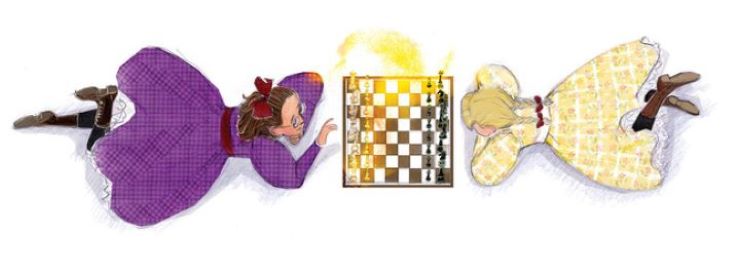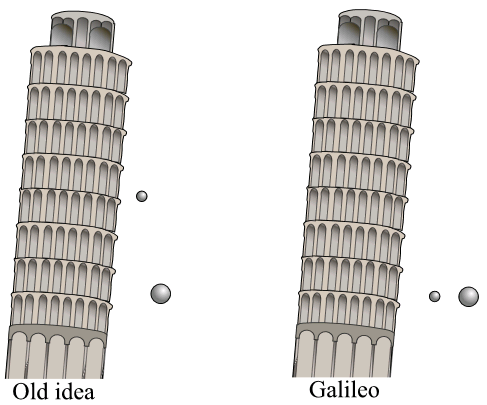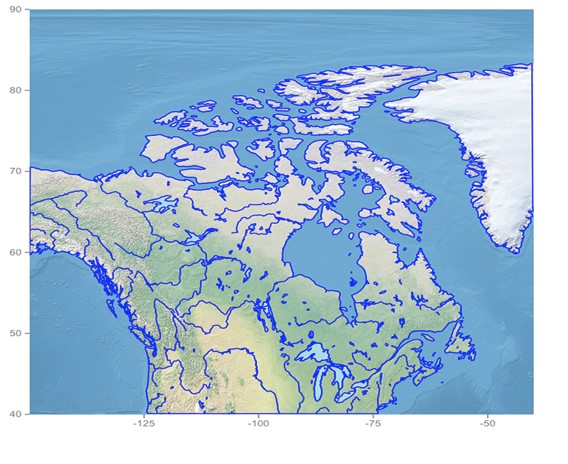
By Raymond K. Nakamura, Multimedia editor Picture books about scientists heighten younger readers’ awareness that science is a human endeavour. Picture books not only help young readers develop literacy; they are also an art form all their own. To find out more about this often-overlooked style of science communication, I reached out to Canadian illustrator, […]






